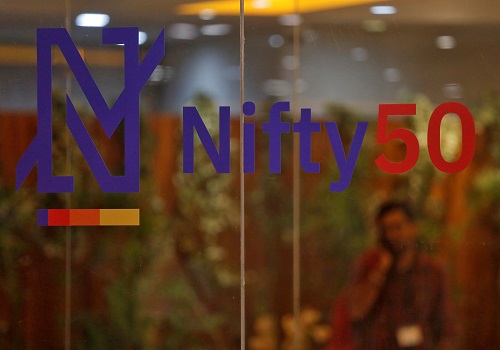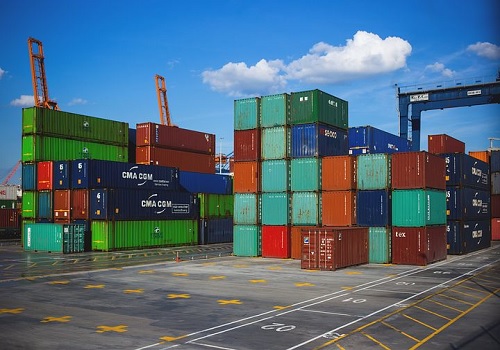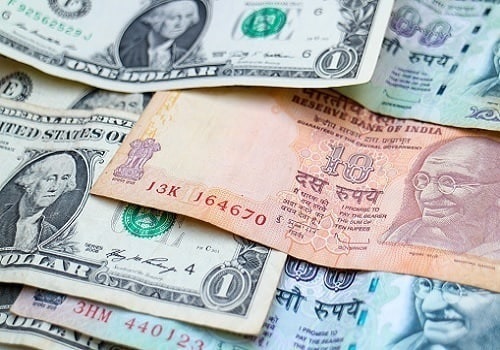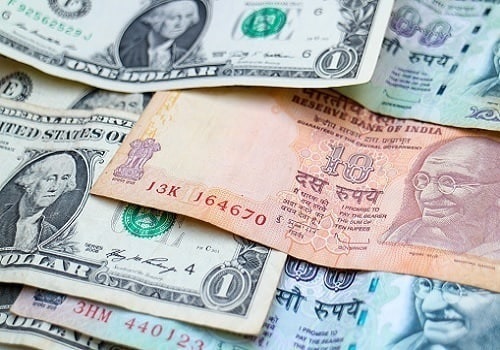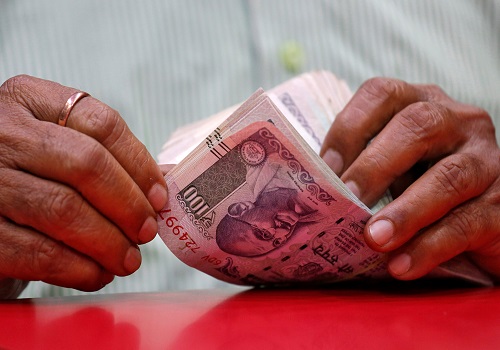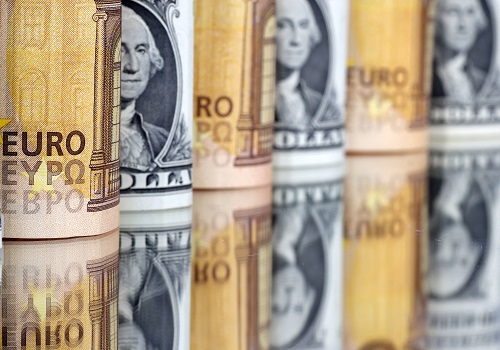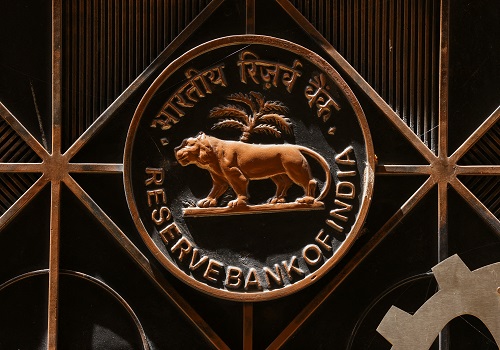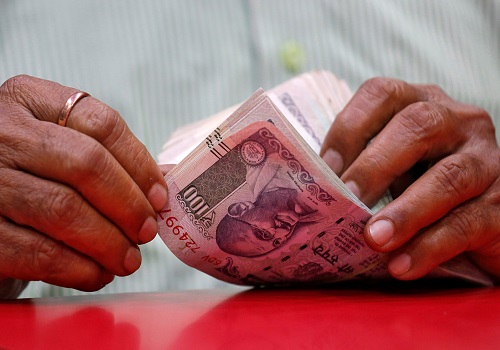Analysis-India`s weak rupee finds reprieve as foreigners seek bonds
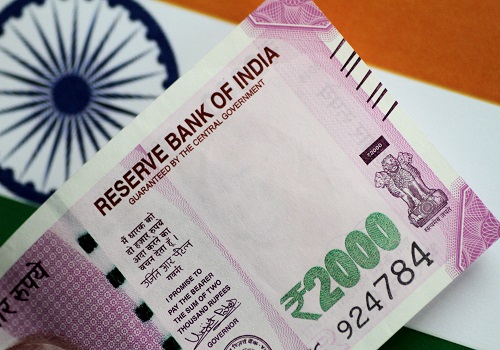
Follow us Now on Telegram ! Get daily 10 - 12 important updates on Business, Finance and Investment. Join our Telegram Channel
A six-month exodus of foreign investors from India's bond markets seems to have ended this month, giving the battered rupee a much-needed reprieve.
The return of those investment flows has happened alongside a softening of global oil prices and domestic inflation, and expectations that a lower oil import bill will help shrink the country's record trade deficit.
Foreign investors have purchased Indian government bonds worth nearly 40 billion rupees ($501.70 million) on a net basis between Aug.1 and Aug. 17, data from Clearing Corp of India showed.
They had been net sellers between February and July, offloading bonds worth an aggregate 173 billion rupees as the U.S. Federal Reserve and the Indian central bank embarked on an aggressive rate hiking cycle to combat inflation.
"Signs of inflation cooling off, prospects of oil staying lower due to cooling global demand and China slowdown and manageable deficits are factors that will encourage inflows to likely continue in the near term," said Kunal Sodhani, vice president of the global trading center at Shinhan Bank.
India's high yields, coupled with expectations that easing prices will allow the Reserve Bank of India (RBI) to be less aggressive on policy, have also helped lure investors.
"Some people had earlier expected the terminal repo rate to be as high as 6.50%, but those expectations have come down, and we could see terminal rate at around 6.00%, which is also a factor that could contribute to more foreign inflows," said Nandan Pradhan, deputy general manager, treasury, at Cosmos Bank.
The RBI's monetary policy committee has so far raised the bank's key lending rate three times in four months, taking it to 5.40% and pushing 10-year yields up 82 basis points this year to 7.27%.
Comparative yields in South Korea and Indonesia are at 3.31% and 7.09%, respectively.
Overseas investment in Indian shares has also returned, with purchases of around $5 billion up to Aug. 17, according to data from National Securities Depository Ltd, after foreigners sold nearly $27.70 billion worth of equities in the January-July period.
The flows have come just after the rupee hit a record low when it slipped to the weaker side of 80 per dollar in July, a factor the RBI highlighted in its bulletin this week, with a note of caution on "fickle flows".
"Tightening of global funding conditions as monetary policy is front loaded is ... expected to worsen the outlook for portfolio flows," the RBI wrote.
(Graphic: India foreign portfolio flows, https://fingfx.thomsonreuters.com/gfx/mkt/mypmneydovr/Pasted%20image%201660903063551.png)
MORE FLOWS EXPECTED
Another big draw has been the possibility of Indian bonds becoming part of global bond indices, which Goldman Sachs analysts Danny Suwanapruti and Santanu Sengupta flagged in a recent report.
Goldman expects India to be included in global bond indexes in 2023, leading to passive inflows of around $30 billion. That's nearly double the $18 billion of government bonds foreigners currently hold.
Similar talk of inclusion in January, ahead of the federal annual budget, had lured around 60 billion rupees of overseas portfolio flows into bonds that month.
"Absolute yields have risen in India, foreign portfolio investors have very limited ownership of India bonds. Rupee also has moved towards the right end of the anticipated trading band (i.e. depreciated) and all these could be cases for allocating money to fixed income," said Lakshmi Iyer, chief investment officer for debt and head products at Kotak Mutual Fund.
Still, a Reuters poll in early August showed nearly 50% of the 40 analysts polled expect the partially convertible rupee to stay near its record low for the next three months.
($1 = 79.7290 Indian rupees)












 320-x-100_uti_gold.jpg" alt="Advertisement">
320-x-100_uti_gold.jpg" alt="Advertisement">


